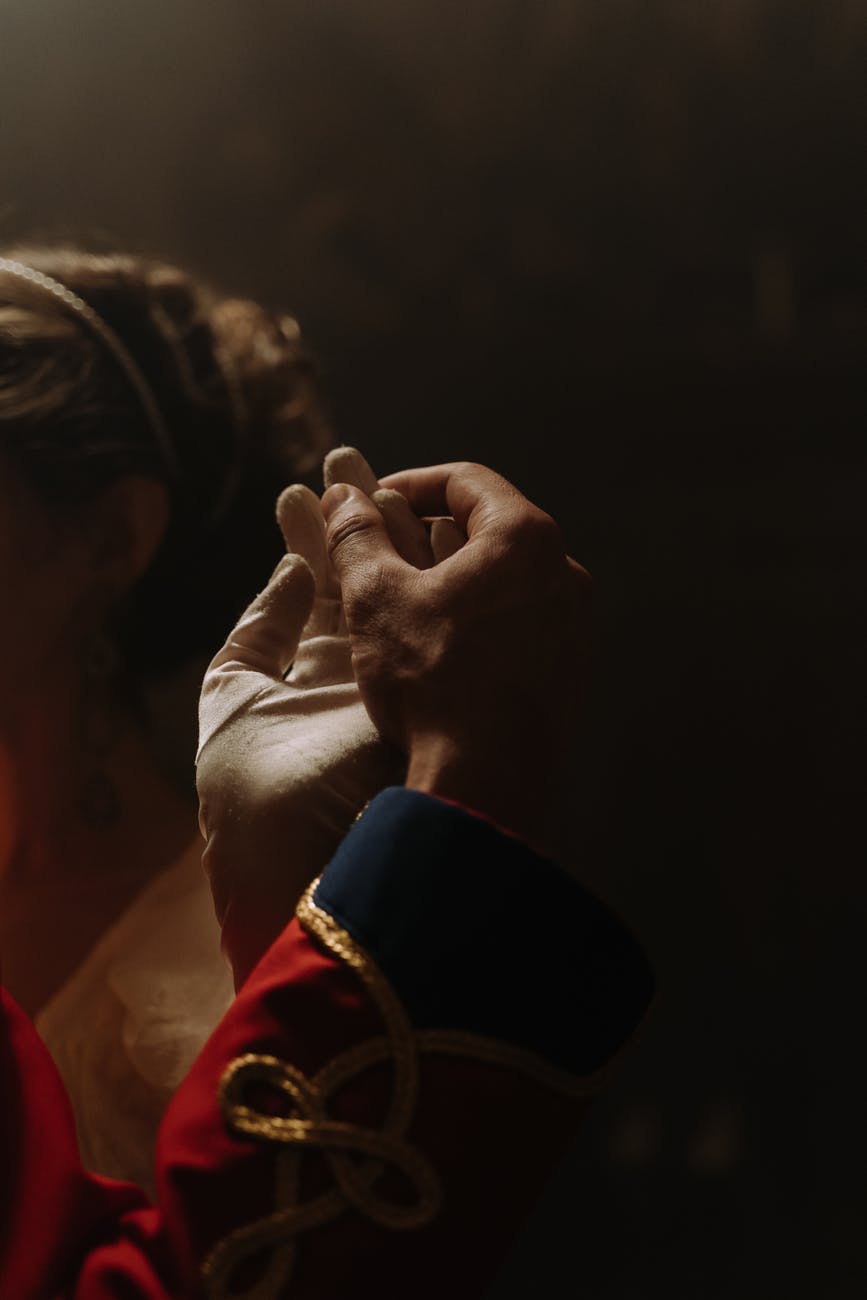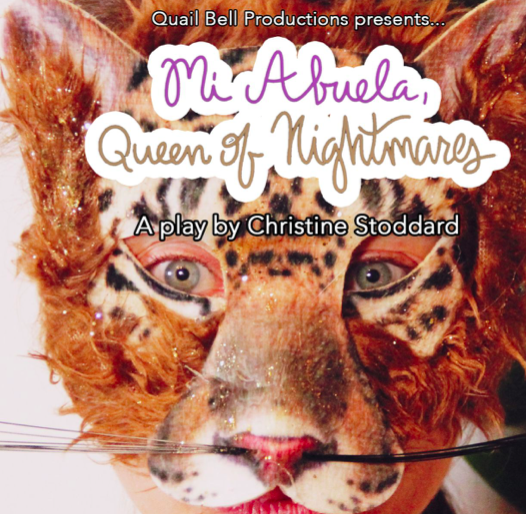|
The Breadcrumbs widget will appear here on the published site.
Balls and dances were a pivotal aspect of society in Regency England. They were great for socializing and for the upper class to display wealth, but also for chaperones to pair up unmarried ladies and gentlemen. Think of an elite tea party, but with a lot more pressure to be at your best.
Before the dancing could commence, vigorously planning invitations and purchasing the proper food was necessary. A refreshment room was filled with tea, coffee, biscuits, small sandwiches, and other finger foods (Victoriana). The “country dance” describes a great volume of social dances practiced at balls. The dances included three or four couples with each gender in separate lines English dance manuals were published specifically on proper etiquette for any and everything in Victorian society. The manuals derived from 15th century “courtesy books” that aimed to “civilize” society and distinguish the upper class from the lower classes (Engelhardt 24). Ballroom etiquette guides like Thomas Wilson’s An Analysis of Country Dancing and the subsequent revised editions included instructional forms and figures to each dance (Regency Dances). The 19th century later introduced a more “isolated” dance reserved for couples: the waltz (Pool 815). According to Wilson, the waltz had become a more intimate substitute for a typical group country dance and quickly issued proper instructions for each variation of the waltz (Wilson).
It was essential that both gentlemen and ladies followed etiquette or be perceived as a poor guest. Women were not allowed to be in the “company of a man” without someone acting as a chaperone (Pool 724). Additionally, a woman could not dance with the same partner for three dances in a row or show preference to one gentleman over another (Wells). A true gentleman must approach a lady expressing the honor to dance with her. Unless she had already committed to another gentleman, she was obliged to dance with him (Wells). Regency Balls were often private balls, such as the second ball held by the Bingleys at Meryton. Jane Austen’s novels closely examine the implications of Regency balls, especially in regards to courtship and marriage. In Pride and Prejudice, Elizabeth and the rest of the Bennett girls are invited to a private ball hosted by the Bingleys. It should be noted that Mr. Collins “awkward[ly] and solemn[ly]” dances with Elizabeth as well as “often moving wrong without being aware of it” (109). Elizabeth regards them as “dances of mortification” and they “gave her all the shame and misery which a disagreeable partner for a couple of dances can give” (109). Mrs. Bennett is plotting on the side, excitedly mentioning the inevitable marriage of her daughter Jane and Mr. Bingley, further highlighting the nuptial purposes of the event. Bibliography 1. Engelhardt, Molly. Dancing out of Line: Ballrooms, Ballets, and Mobility in Victorian Fiction and Culture. Athens: Ohio University Press, 2009. Print. 2) “How to Have a Victorian Ball”. Victoriana. 3) Pool, Daniel. What Jane Austen Ate and Charles Dickens Knew. New York: Touchstone, 1994. Print. 4) “Regency Era Country Dances – Form.” Regency Dances. Web. 5) Wells, Richard A. “Manners Culture and Dress of the Best American Society”. Victorian Dancing Etiquette. J.R. Burrows & Company. Web. 6) Wilson, Thomas. A Description of the Correct Method of Waltzing: The Truly Fashionable Species of Dancing. London: Sherwood, Nealy, and Jones, 1816. Web.
0 Comments
CommentsYour comment will be posted after it is approved.
Leave a Reply. |
AuthorWrite something about yourself. No need to be fancy, just an overview. Archives
March 2024
Categories
All
|



 RSS Feed
RSS Feed






